
Wave curtains are a modern style of window treatment featuring a distinctive ‘S’ shape that creates a smooth, continuous ripple effect. This design gives them a sleek, streamlined look, making them popular for contemporary home decor. In this article, we’ll explore what wave curtains are, their benefits, the types of fabrics suitable for them, and tips on measuring and installation.
Key Takeaways
Wave curtains feature a distinctive ‘S’ shape and ripple effect, enhancing modern interiors with a streamlined and elegant look.
The choice of fabric is crucial for wave curtains, with voiles, lined cotton, and soft polyester recommended to achieve the desired aesthetic.
Accurate measurements and proper installation techniques are essential for wave curtains to ensure optimal functionality and visual appeal.
Understanding Wave Curtains
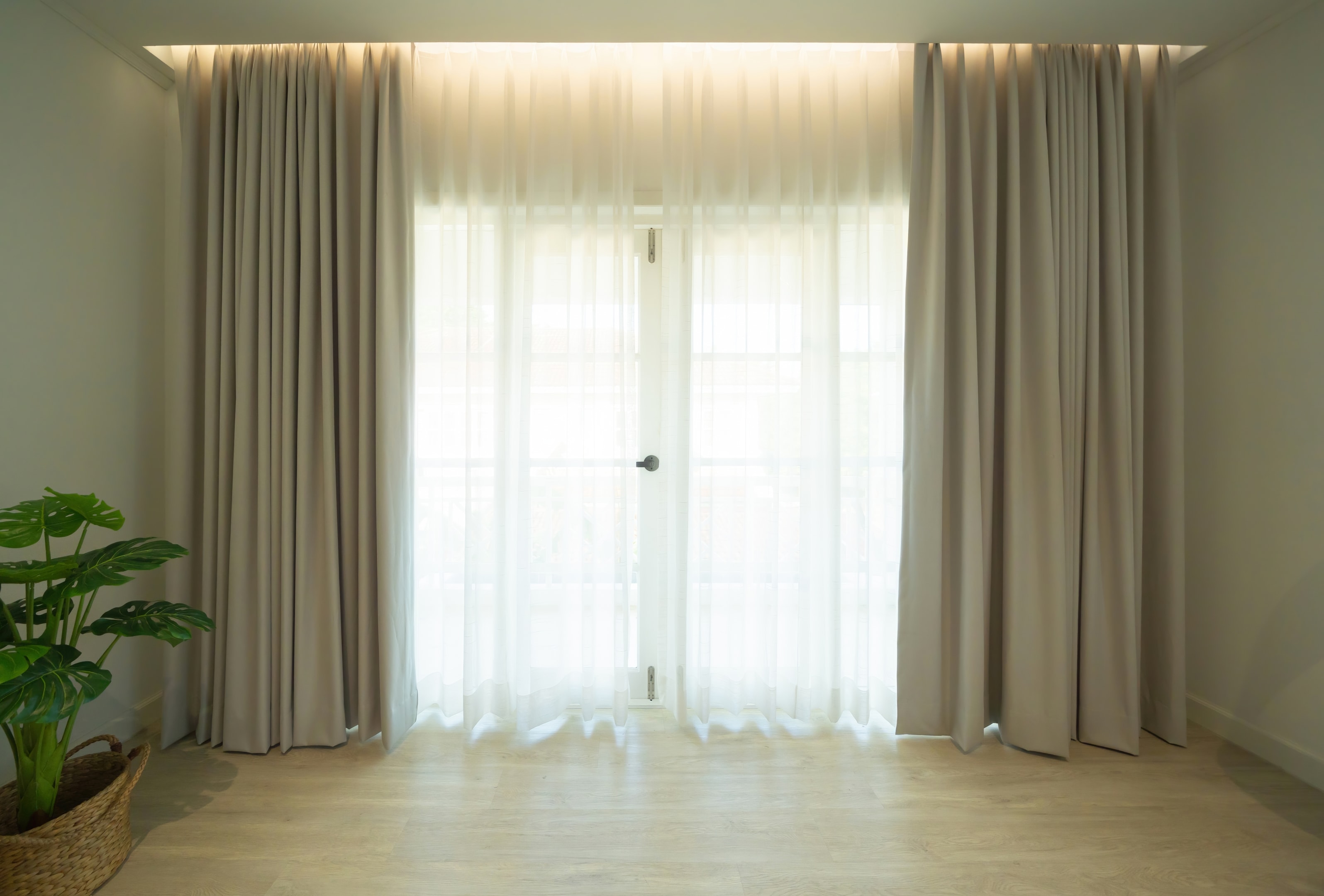
Wave curtains are characterised by their distinctive ‘S’ shape and ripple effect, which adds a touch of elegance and modernity to any interior space. Often referred to as wave-headed curtains or wave pleat curtains, these window treatments stand out due to their smooth, continuous, gentle waves that create a beautiful ripple effect from top to bottom, with a wave heading that enhances their overall design.
Wave curtains are distinguished by their flowing design, resulting in a neat stack of fabric when opened. This provides a streamlined appearance that enhances modern aesthetics and keeps the room looking uncluttered. The uniform folds created by wave curtains add a sophisticated element to any room, making them a popular choice for contemporary home decor. Additionally, the curtain folds contribute to the overall elegance of the design.
Wave curtains also significantly influence the overall design of a space, unlike traditional curtains. With their sleek and contemporary look, they offer a fresh and modern alternative that can transform the ambiance of any room, adding both style and functionality to minimalist interiors. Wave curtains create a unique atmosphere that enhances the overall aesthetic.
The Benefits of Wave Curtains
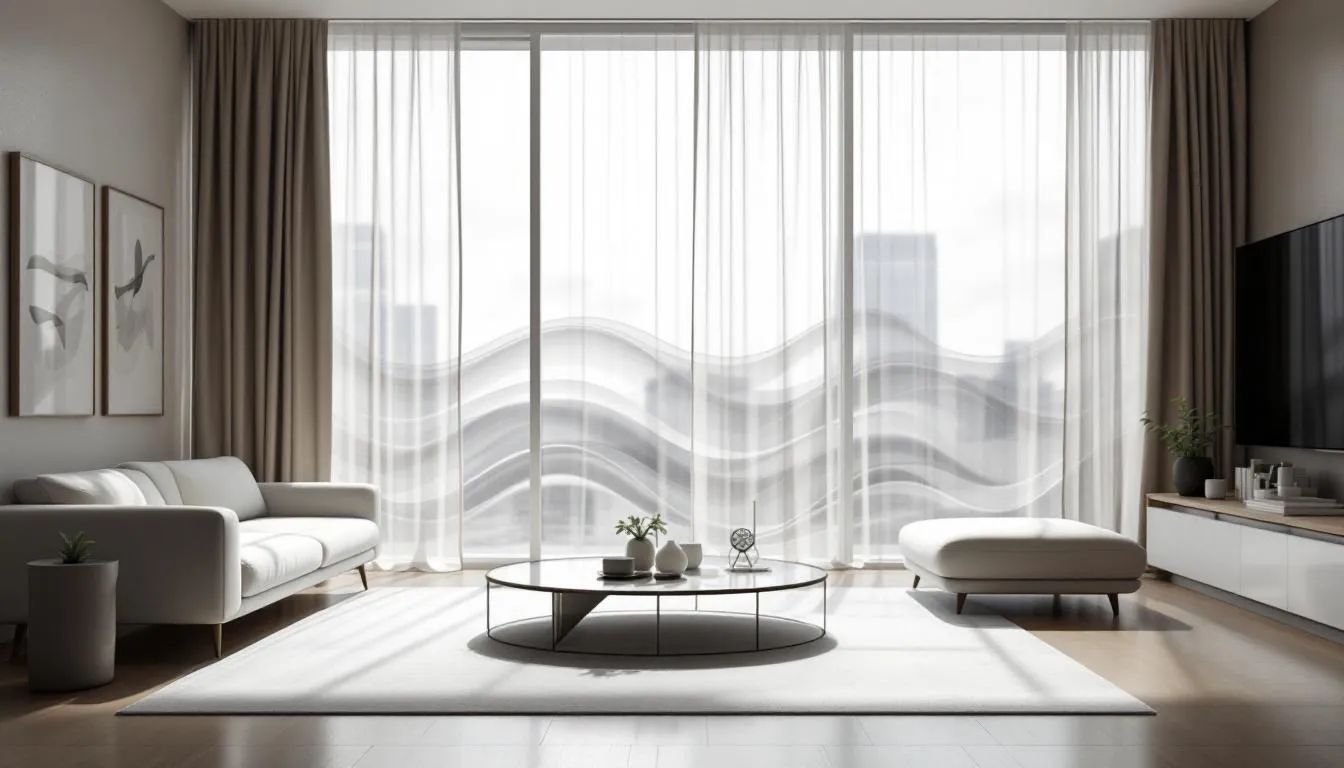
One of the standout benefits of wave curtains is their ability to allow ample natural light to enter a room while maintaining a clean aesthetic. Sheer wave curtains, in particular, diffuse harsh sunlight, creating a soft, inviting glow that enhances the overall ambience of living spaces. This makes them an excellent choice for rooms that require both complete privacy and brightness.
The practical aspects of wave curtains are equally impressive:
The pleat ratio of wave curtains can be adjusted to influence the fullness and drape, impacting their overall aesthetic.
Their smooth operation allows for easy adjustment.
They are suitable for busy environments where ease of use is essential.
Whether in traditional or contemporary settings, wave curtains provide both the look of a visually appealing door and a functional modern choice for window treatment options.
Types of Fabrics for Wave Curtains
Choosing the right fabric is crucial for achieving the desired wave effect in wave curtains. Voiles and lined cotton are among the best-suited fabrics for wave curtains, offering a soft and elegant look. Soft polyester fabrics, especially those with a shiny effect, can further enhance the aesthetic appeal, providing a luxurious finish to the wave curtains. The perfect fabric can elevate the overall design.
Velour fabrics are also highly effective for creating wave curtains due to their excellent draping capabilities, adding depth and richness to the room’s decor. For those looking to achieve versatile lighting options, layering wave curtains with different fabric types, including blackout fabrics, can provide both functionality and visual interest. However, it’s important to avoid thicker fabrics like chenille, as they can hinder the wave shape and compromise the overall effect.
When selecting fabrics for wave curtains, it’s also advisable to avoid interlining, as it adds bulk and diminishes the wave effect. Not all fabrics are suitable, so opting for plain fabrics can provide a sleek, unfussy look that complements the modern design of wave curtains.
Wide width fabrics are particularly advantageous as they eliminate seams, enhancing the luxurious appearance of the single curtain. Sheer curtains can be used in wave curtain setups, either as standalone treatments or in double-layered configurations for added versatility.
How to Measure Wave Curtains
Accurate measurements are crucial when preparing for wave curtains to ensure proper hanging and functionality. Wave curtains are custom-made to ensure a perfect fit. They are specifically designed for your windows. Let’s break down the measuring process into three key steps: measuring track width, determining curtain drop, and calculating fabric quantity.
Each step plays a vital role in achieving the perfect fit and desired aesthetic for your wave curtains. Adhering to these guidelines ensures accurate measurements for wave curtains, allowing you to enjoy their modern benefits, making them the perfect solution for your home.
Measuring Track Width
The first step in measuring for wave curtains is to determine the track length. Measure the full width of the window or track, ensuring that you add extra width if the curtains extend beyond the frame. This additional width helps in achieving a proper fit and avoiding obstructions to the view or access.
Accurately measuring the track width is crucial for wave curtains to hang perfectly and form the desired wave pattern. Accurate measurement will help you achieve a streamlined and elegant look that complements your interior design.
Determining Curtain Drop
Next, measure from the top of the track to where you want the curtains to end, ensuring that you take multiple measurements for accuracy. This step ensures a perfect fit and achieves the desired aesthetic when installing wave curtains.
Make sure the endpoint is level to maintain a neat and finished look.
Installing Wave Curtain Tracks
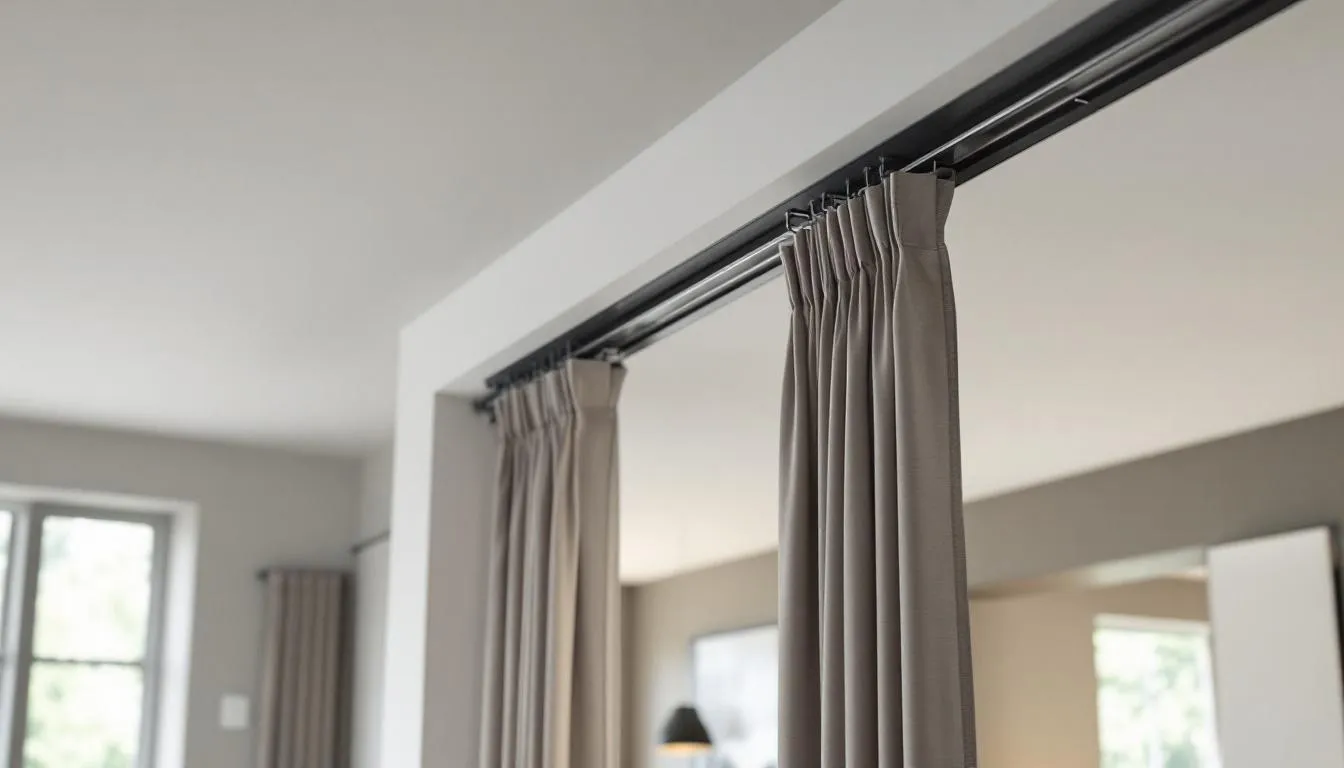
Installing wave curtain tracks can be done either on the ceiling or the wall, depending on your preference and room design. A top fix track is highly recommended for wave curtains, as it provides a seamless floor-to-ceiling effect, enhancing the overall elegance of the room.
Wave curtain tracks are designed to be sleek and unobtrusive, contributing to the modern aesthetic of the space with clean lines. Regularly check the curtain track for any debris or obstructions to ensure smooth operation and maintain its functionality.
Wave curtains are compatible with various hanging methods, allowing for a connection based on your style preferences and functional needs in a wave curtain system.
Customising Your Wave Curtains
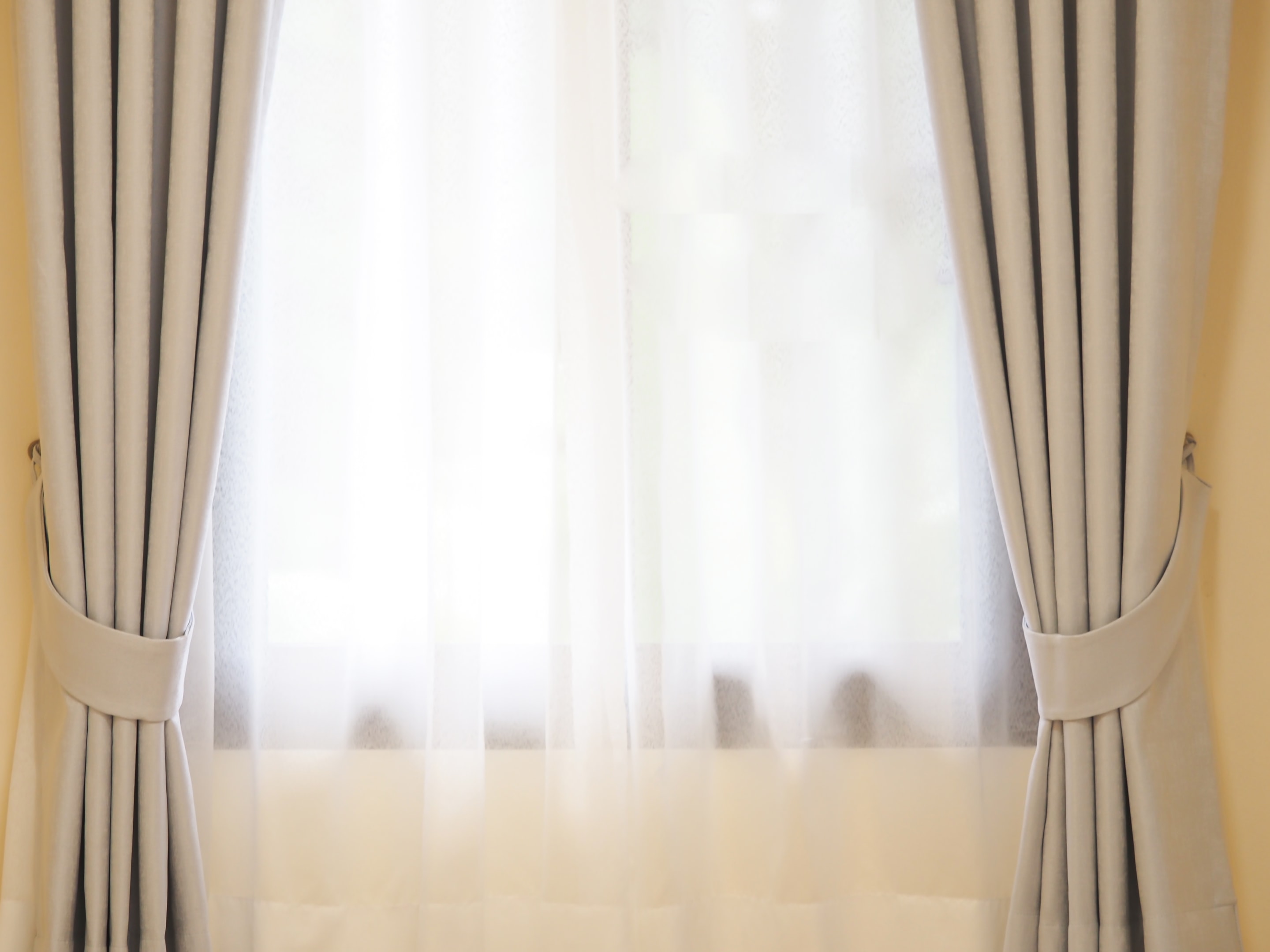
Customisation options for wave curtains abound, allowing you to tailor them to your specific needs and preferences with a bespoke service. You can choose from a variety of fabrics and patterns to create the perfect look for your space. Additionally, wave curtains can be manufactured with different opening operations, including motorised options for added convenience and modern appeal.
Motorised wave curtain tracks offer the ultimate in modern convenience, enabling you to operate your curtains remotely for added comfort and ease of use. Integrating these motorised options with home office automation systems further enhances their usability, making wave curtains a stylish and functional addition to any modern home.
Enhancing Room Ambience with Wave Curtains
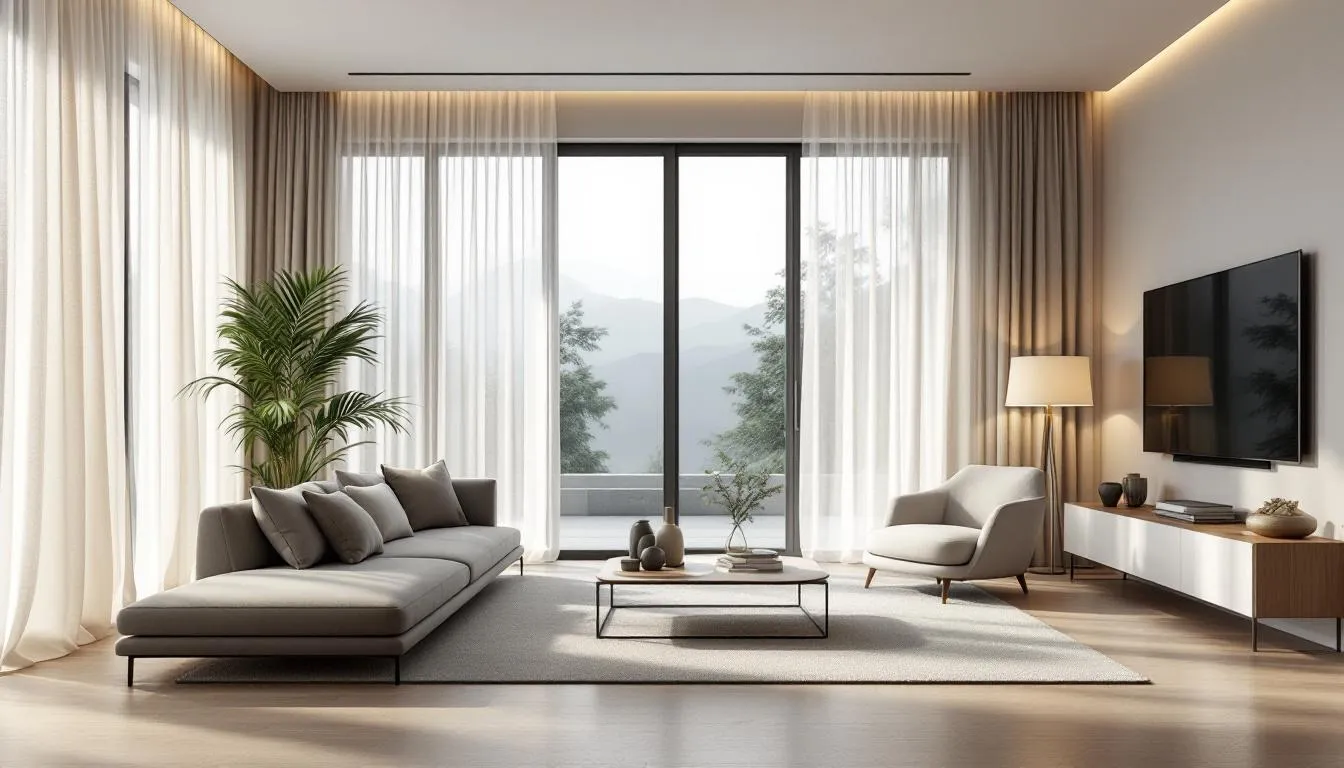
Wave curtains are an excellent choice for enhancing the ambience of any room. Their luxurious and sophisticated look adds a touch of elegance to modern interiors, making them suitable for large glazing in living rooms without overwhelming the design. The modern elegance introduced by wave curtains complements contemporary interiors, creating a visually appealing atmosphere.
Ceiling-mounted tracks are ideal for maximising natural light in a room, while sheer or semi-sheer wave curtains diffuse light evenly, reducing glare and brightening the wall space. Overall, wave curtains contribute to a sophisticated ambience, enhancing the overall atmosphere of any room with effective light control.
Common Mistakes to Avoid
Choosing inappropriate curtain tracks can prevent achieving the desired wave effect with wave curtains. It’s essential to use the correct brackets for securing the track effectively, as failing to do so may lead to sagging or misalignment of the curtains. Accurate measurements are also crucial, as they impact the curtain’s fullness and overall appearance.
Ensure that the track is level during installation to avoid misalignment of the curtains. Additionally, using lightweight fabric can result in collapsed or uneven waves, so it’s important to choose the right fabric for your wave curtains.
Maintenance Tips for Wave Curtains
Regular maintenance is essential to keep wave curtains looking their best and ensure their functionality. Cleaning wave curtains can be approached through various methods, including vacuuming, spot cleaning, or machine washing. Use a damp cloth with mild soap for spot cleaning to effectively remove stains without damaging the fabric.
To care for machine-washable wave curtains:
Use a gentle cycle and cold water to maintain fabric integrity.
Prefer air drying to prevent shrinkage and maintain their shape.
Avoid using harsh chemicals or bleach, as these can damage the fabric.
Summary
Wave curtains offer a modern and sophisticated solution for window treatments, combining aesthetic appeal with practical functionality. From their unique ‘S’ shape and ripple effect to their ability to control light and enhance room ambience, wave curtains are a versatile choice for any home. By choosing the right fabrics, measuring accurately, and installing the tracks correctly, you can achieve perfect wave curtains that add elegance to your space.
Whether you’re looking to customise your wave curtains with motorised options or seeking maintenance tips to keep them looking their best, this guide has provided you with all the information you need. Embrace the modern elegance of wave curtains and transform your living space with these stylish window treatments.
Frequently Asked Questions
What are wave curtains, and how do they differ from traditional curtains?
Wave curtains feature an 'S' shape and ripple effect, providing a contemporary aesthetic that sets them apart from traditional pleated curtains. Their design offers a smoother, more streamlined appearance.
What are the benefits of wave curtains?
Wave curtains enhance natural light entry, enable effective light control, and ensure smooth operation, making them a versatile choice for various interior styles.
Which fabrics are best suited for wave curtains?
For optimal wave curtains, choose lightweight materials such as voiles, lined cotton, soft polyester, and velour, while steering clear of thicker fabrics like chenille that can disrupt the desired wave effect.
How do I measure for wave curtains?
To measure for wave curtains, accurately assess the track width and the desired curtain drop while calculating the required fabric quantity for a perfect fit and aesthetic appeal.
How should I maintain wave curtains?
To maintain wave curtains, regularly vacuum them, spot clean with mild soap, and machine wash on a gentle cycle, ensuring to air dry to preserve the fabric's shape. This routine will keep your curtains looking fresh and well-maintained.
